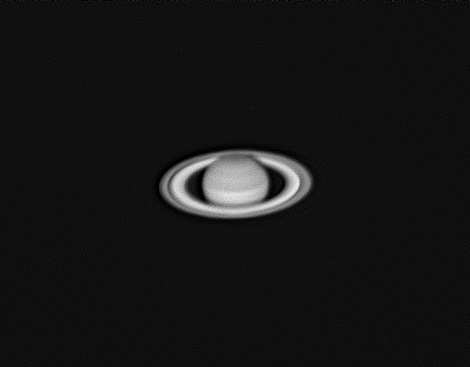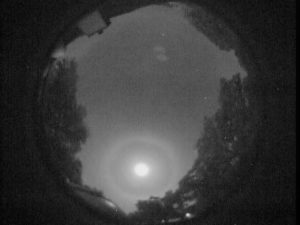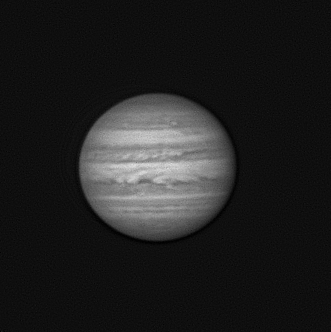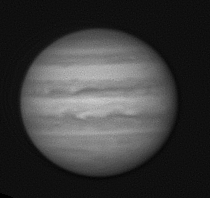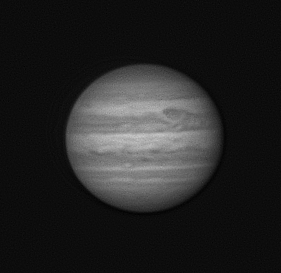The PTO is still configured for planetary imaging in support of NASA’s JunoCam project. The air was not very steady last night which shows as the focus shifts in and out during the animation. However, this was the first time I have been able to follow one of the moons as it crosses the planet. The first moon visible is Europa, and it remains visible as it starts to cross in front of Jupiter. The second moon that comes in from the left is Io. Io was going to cast a shadow on Jupiter, unfortunately the planet became obscured by my western tree line before it happened.
There is a 19 minute jump in the animation. My capture software hung saving one of the videos and I had to stop and restart the application. Most of the delay was me not noticing the situation.
